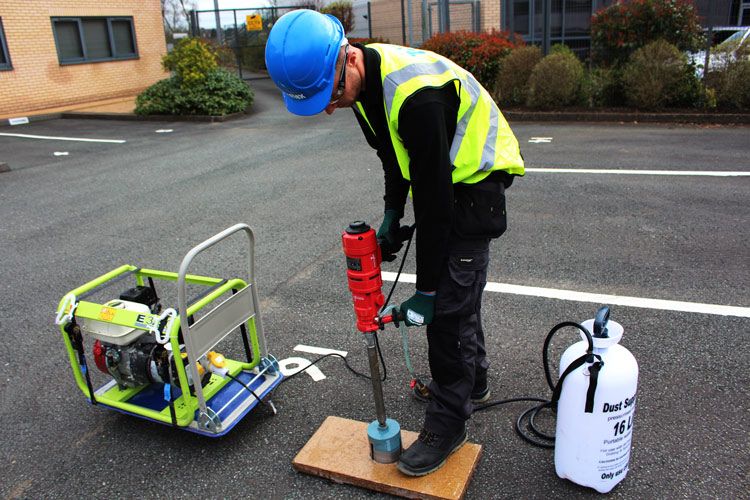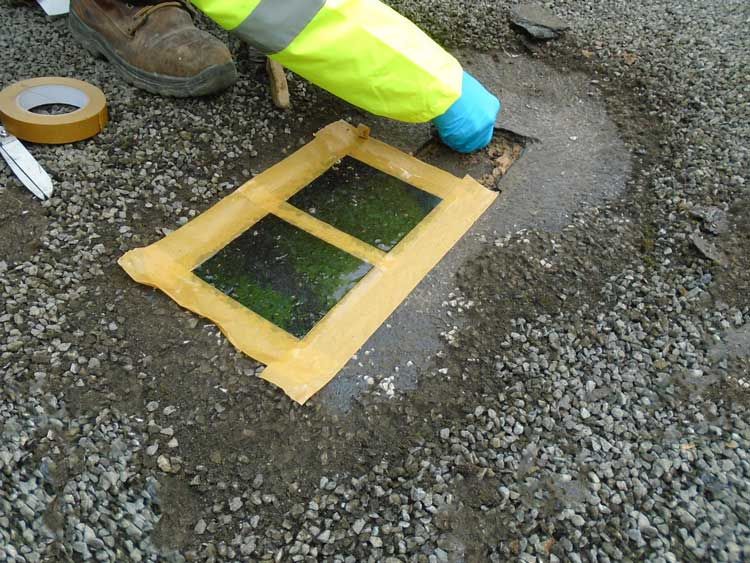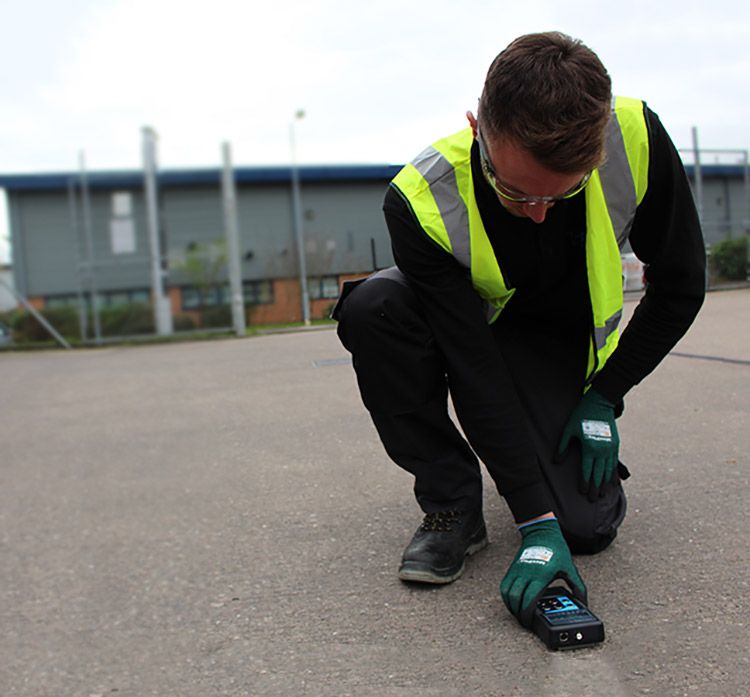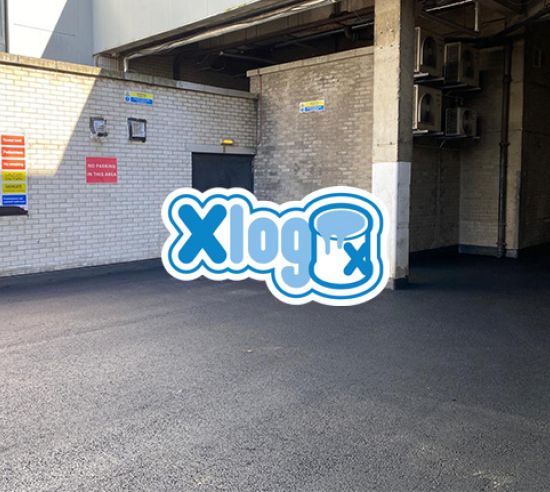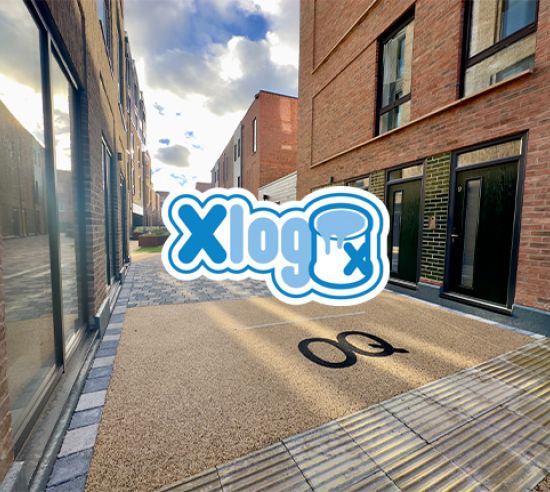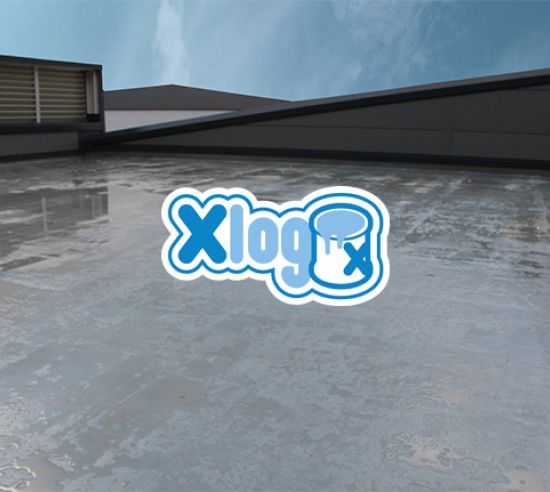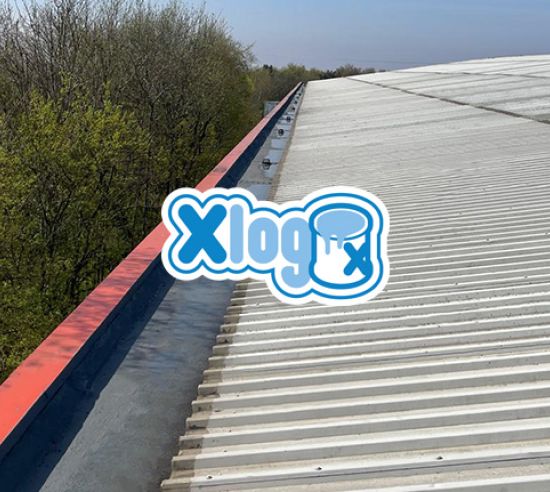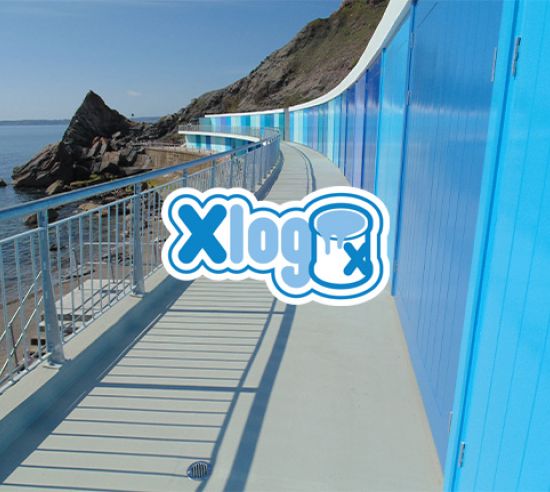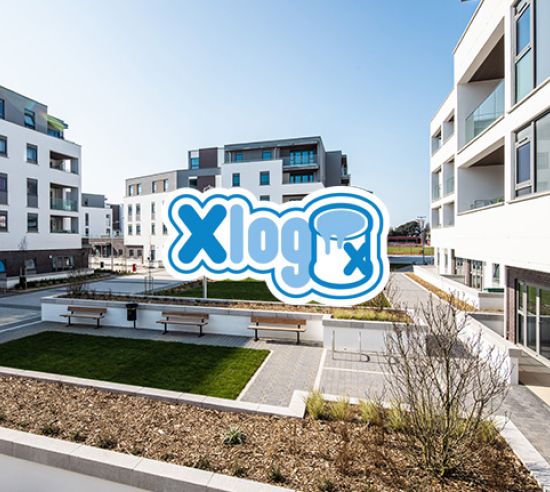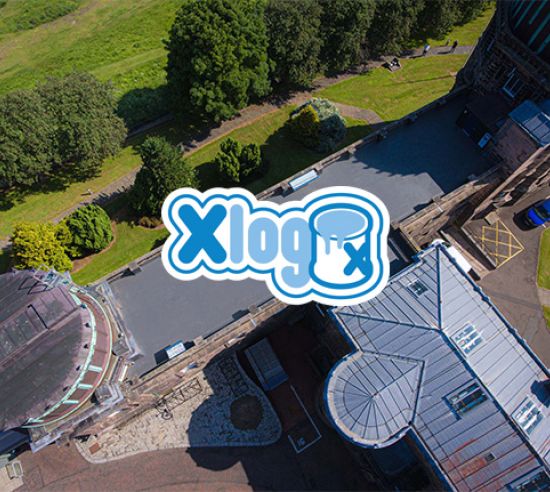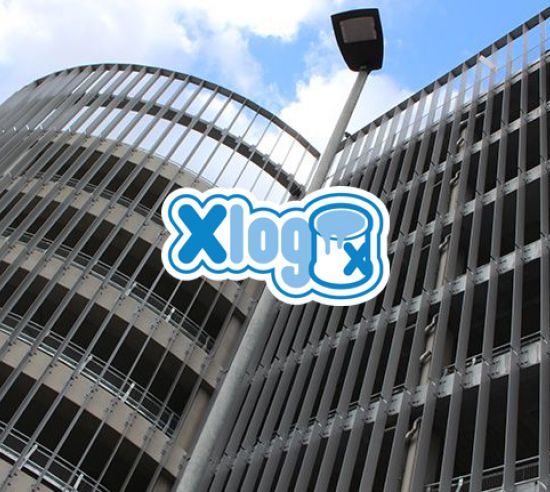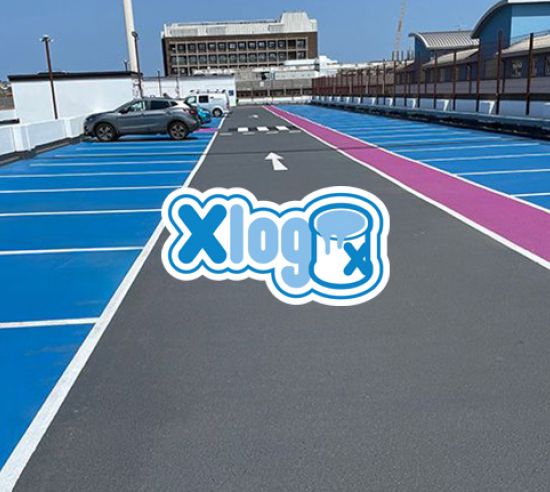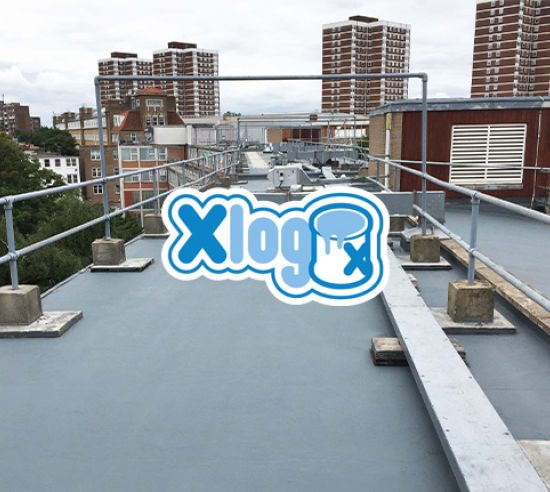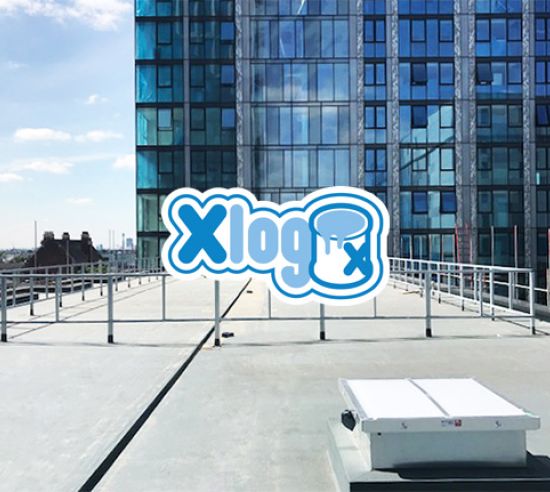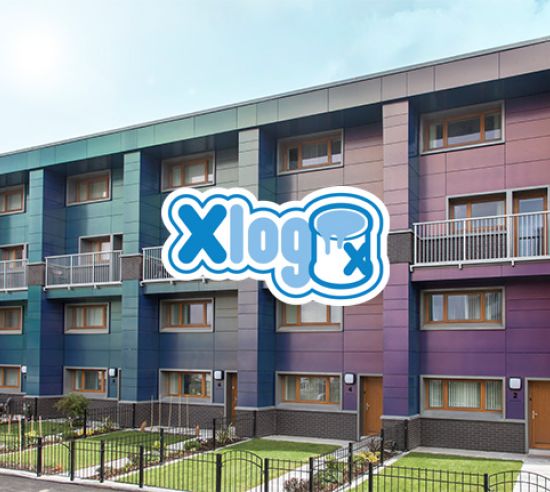If the existing waterproofing and surfacing system on your car park is failing and needs replacing, or the decks have never been waterproofed and surfaced, make sure that you get the correct consultation and testing before you even begin to choose a solution.
An incorrectly specified solution, or lack of understanding of the structure or substrate could leave you with the same, or an even worse problem down the line. It may even affect the long-term structural integrity and safety of your structure.
Stressed out
Just stop and think about the stresses car parks decks and ramps face every day. They are constantly driven over by vehicles that can now be more than 2.5 tonnes in weight. The weight of these vehicles can place massive dead loads on a structure originally designed for much smaller and lighter vehicles, and the shear forces from turning and braking could potentially damage the surface of your car park.
In high space change rate car parks this process and these forces will be repeated thousands of times a day. If you don’t get the specification and installation right it will fail prematurely – it’s as simple as that.
It’s all about the detail, investigation, testing and the planning and not all suppliers are as thorough as they might be.
So, what should you expect from your supplier?
Visual checks
Nobody can do a worthwhile survey from Google Earth – but we’ve heard of it being done. The first step is simple, your supplier should conduct a thorough visual and photographic inspection to determine the nature of the construction, the approximate use level and space change rate and to identify details and any obvious problems. The photographic record should include everything from the general arrangement to the construction method and include all details and any visible defects.
Particular attention should be paid to drainage outlets, barriers, joints and other details with specific details and defects also recorded on plans or sketches of the decks and ramps.
If present, they should look at the existing waterproofing and surfacing system to see if there are any defects such as cracking, splitting, blistering, splitting, delamination or deformation from shear forces and investigate any previous repairs. If possible, they should also speak to the management to establish what the existing problems are.
It is vitally important to understand the original construction methods used as this can have a significant impact on how the structure accommodates thermal and structural movement and the movement and loads associated with the movement of and parking of vehicles. This movement can inflict significant stresses on the structure and the waterproofing and surfacing system and it is vital that the movement is understood prior to formulation of a specification.
Test the substrate
It is rare that a visual survey will sufficiently identify the suitability of a substrate for overlay, but it is also rare for a supplier to carry out indicative tests of this in advance.
Following the visual inspection and dependent upon the outcome, in most cases the supplier should recommend further testing, ideally without any commitment and free of charge.
Many material suppliers will conduct peel tests which involves the application of samples which are then physically pulled by hand to check their adhesion. These tests may be suitable for an un-trafficked roof, but for a car park you should insist on much more as a 2.5 tonne car turning at the base of a ramp or braking at a barrier places significantly more stress on a membrane than can ever be simulated by hand.
At Triflex we carry out a number of different analytical tests to determine the suitability of the substrate, the required preparation method and the most appropriate waterproofing and surfacing solution. However, these tests must be specific to the structure, its’ issues and the existing system and substrate in place. For example, on a car park with a built-up asphalt surfacing system we would look to take a series of cores from the asphalt which we would then section at our head office and analyse, whereas on a concrete car park or an existing membrane we would conduct adhesion and cohesive strength tests.
Is it cohesive?
Adhesion and cohesive testing involves preparing the substrate and applying the primer (if required) and proposed waterproofing and surfacing system to the substrate and allowing to cure. Once cured, a core is then cut through all layers and approximately 10mm into the underlying substrate which will typically be concrete. A thick metal disk known as a dolly is then adhered to the centre of the core and is then removed using either a manual or electronic hydraulic ram which measures the force taken to pull off the dolly. This force can then be converted into a value based on the area of the core and compared to minimum manufacturer and industry requirements which are typically greater than 1.5 Newtons per square millimetre for concrete and 0.8 Newtons per square millimetre for asphalt. Analysis of the mode of failure and specifically whether this occurs adhesively (the bond to the substrate) or cohesively (the bond within the substrate) provides further valuable data which can be used to formulate proposals.
Getting the right solution
There is a wide variety of testing available and it is important to work with a supplier that has the resources in place to ensure the correct testing is conducted to find right solution. To get to this solution you must first understand what you are dealing with. Car parks can be an incredibly hostile environment for a waterproofing and surfacing system. For long term protection, your supplier needs to not only have solutions with demonstrable long-term performance, relevant testing to EN 1504-2 and other standards, but also demonstrate due diligence in their surveying and testing regime.
All of this means that you can be assured in the knowledge that you have selected the best possible waterproofing and surfacing solution from a supplier who is focused on minimising risk for both themselves and their clients. Your finished car park will be aesthetically pleasing for those who use it and most importantly to you will protect its structural integrity for the long term, and ensure your asset maintains its value.
You can find out more details on the level of testing we provide at Triflex in our on-site support pages. Details of our car park waterproofing and surfacing systems are available here.


